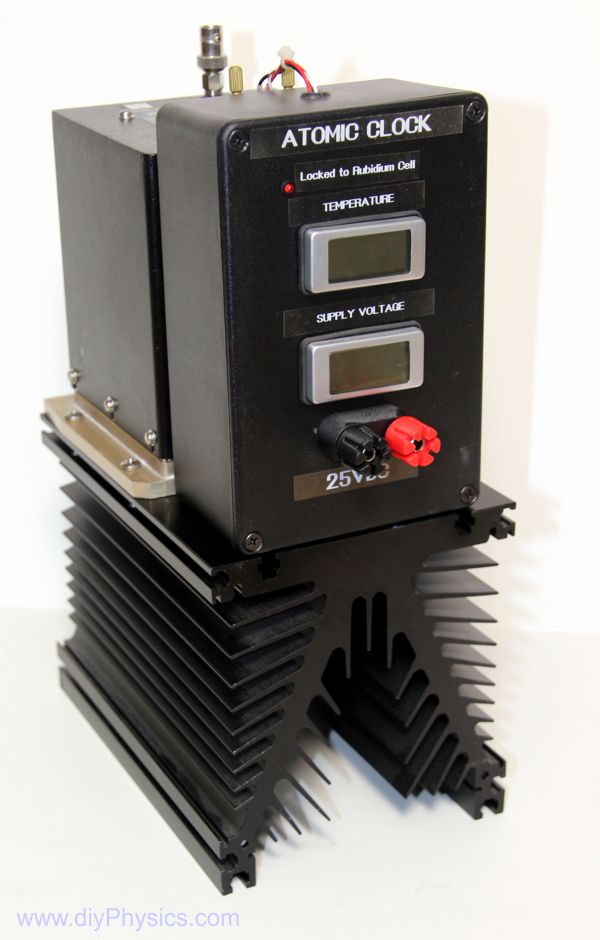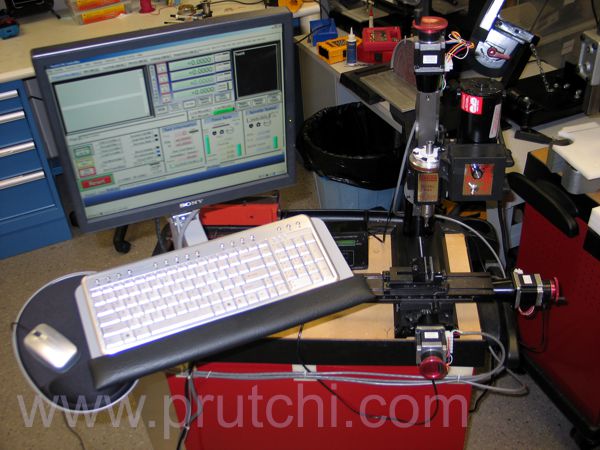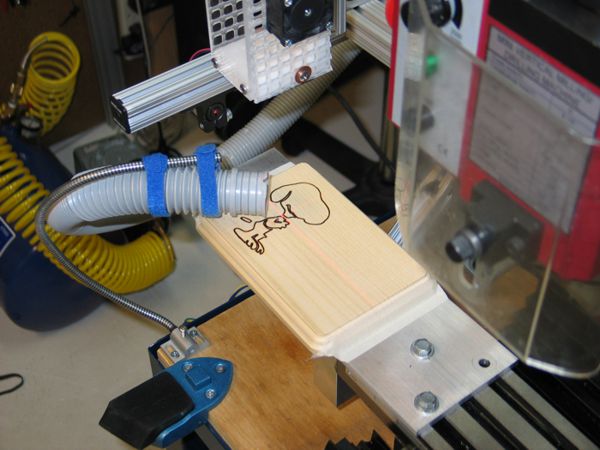
Last week I posted detailed construction information for my rubidium atomic clock frequency reference. Besides that unit, I also built a GPS-disciplined 10 MHz oscillator to serve as a secondary frequency reference, as well as a source of GPS NMEA data for my ham shack instruments that can use precise location and real-time-clock data (e.g. for satellite tracking). I just posted on www.diyPhysics.com details about this 10 MHz GPS-disciplined standard. Continue reading

 I just posted on
I just posted on  SharkVision – A Sensing Suit for the Blind
SharkVision – A Sensing Suit for the Blind
 In my
In my 

 I was thinking about buying a laser engraver/cutter for home, but after retrofitting for CNC the Micro-Mark mini mill that my wife gave me for my birthday, I figured that I could simply add a CO2 laser to the X2 mini mill.
I was thinking about buying a laser engraver/cutter for home, but after retrofitting for CNC the Micro-Mark mini mill that my wife gave me for my birthday, I figured that I could simply add a CO2 laser to the X2 mini mill.


